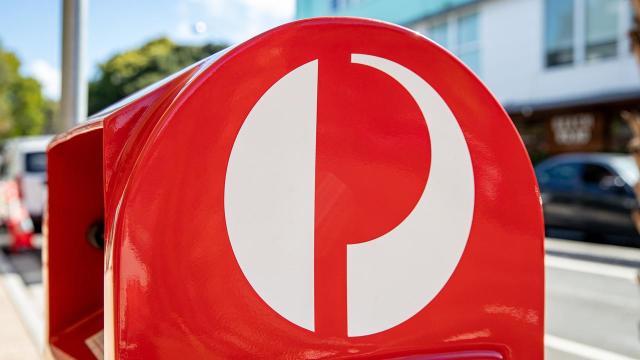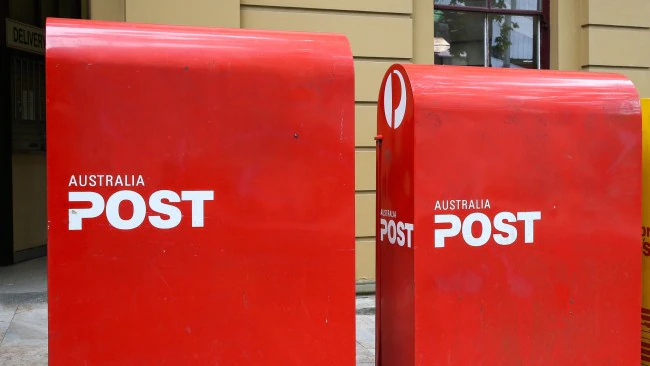Better get ready, Australia – your postage stamps might soon cost you a bit more. Australia Post has proposed raising its basic postage rates as it deals with a drop in letter-sending activity and the challenges of running a growing delivery network.
If approved, this new price plan could come into effect by mid-2025. Let’s break it down so you know exactly what to expect.
How Much Will It Cost to Send a Letter?
According to the Australian Competition and Consumer Commission (ACCC), Australia Post is proposing a 20-cent increase to the current base rate. If approved, that means the cost of sending a regular small letter could climb from $1.50 to $1.70.

Larger letters are also facing price hikes:
- Ordinary large letters up to 125g: Set to increase by 40 cents, taking the price from $3.00 to $3.40.
- Ordinary large letters weighing 125g-250g: Could see a 60-cent rise, jumping from $4.50 to $5.10.
Notably, concession stamps (60 cents) and seasonal greeting stamps (65 cents) are not part of the price changes – good news for anyone sending discounted letters or holiday cards!
Priority Postage Costs Are Also Set to Rise
For those who prefer faster delivery using priority services, you’re looking at even bigger jumps:
- The cost of priority labels might go up by 30 cents, making it $1 per label.
- Sending a standard small letter through priority post could increase from $2.20 to $2.70 – the 50-cent hike includes the regular stamp price rise.
Why Is This Happening?
Australia Post claims the rise in costs is necessary to keep up with the erosion of physical letter demand and an increasingly costly delivery network to maintain. In their view, fewer people are sending letters these days, which means the system is more expensive to operate without adjustments.
In 2023, postal services around the world continue to feel the pinch as digital communication replaces good old-fashioned snail mail. Australia Post, being a self-funded business, says it’s trying to balance things out while delivering reliable services to consumers and businesses.
What Happens Next?
The ACCC is currently reviewing Australia Post’s proposal, but here’s the catch – they don’t have the power to approve the increase directly. Instead, their role is to assess the price hike and gather feedback from the public, businesses, and stakeholders.
“We are seeking views from consumers, businesses, and other stakeholders about Australia Post’s proposed price increase in 2025,” ACCC commissioner Catriona Lowe said.
Their evaluation process will focus on a few key factors, like whether Australia Post’s costs are reasonable and how fairly those costs are applied across letter services.
After public submissions are assessed, Australia Post will need to notify the Communications Minister in writing. From there, the Minister will have 30 days to disapprove the price increase – or it will automatically go into effect.
How Will This Affect People and Businesses?
While a 20-cent price bump for a postage stamp might not seem like much, it could add up for people or businesses that send out a high volume of mail. However, those who use discounted concession or seasonal card stamps won’t see a change, at least for now.
Priority post users will likely feel the pinch the most, given that their costs are set to rise even further. Yet, with so many Australians now relying on email and digital services, is this price jump going to make a huge impact?
For businesses, this could mean budgeting for higher mailing expenses, especially for industries reliant on direct mail, invoicing via post, or marketing campaigns.
Share Your Thoughts
If you aren’t thrilled about this proposed increase, now’s the time to speak up. The ACCC is collecting feedback during its consultation period, giving everyday Aussies like you the chance to share your views.
Australia Post is balancing a tough act between keeping up with delivery demands and maintaining its letter service, but what do you think? Is this price hike reasonable, or should postage costs stay frozen?
Let us know in the comments or share your opinion with the ACCC during the consultation phase.
Final Thoughts
At the end of the day, postage stamp increases might feel like a small change, but they’re part of a bigger picture for how Australia Post manages its services in a rapidly changing world. Whether you’re a loyal letter sender or you’ve swapped paper for pixels, it’s clear that these changes could affect how we communicate in the future.
Stay tuned for further updates as consultations continue – and don’t forget, your opinion could make a difference!

